In the rich tapestry of global fashion, the traditional kimono stands as a timeless and captivating garment that has captivated the world’s imagination for centuries. Originating in Japan, the kimono is more than just a piece of clothing; it is a cultural icon that embodies the country’s deep-rooted traditions, intricate craftsmanship, and a reverence for the beauty of simplicity.
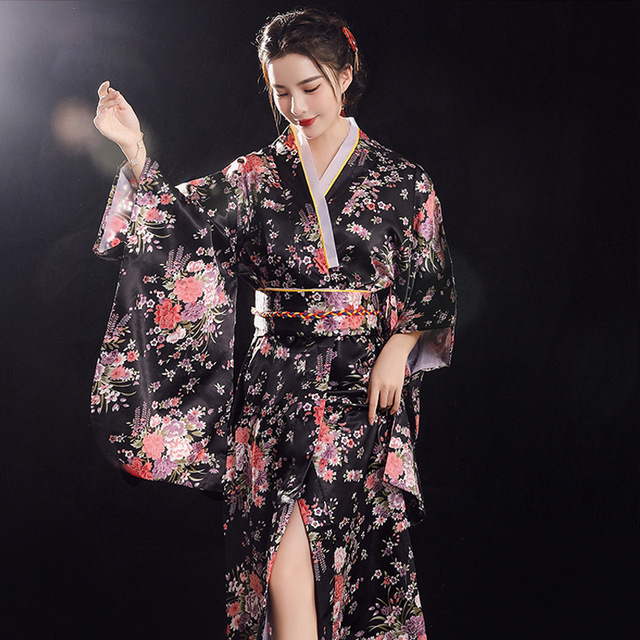
The Enduring Legacy of the Kimono
The history of the kimono can be traced back to the 8th century, where it evolved from the ancient garments worn by the Japanese aristocracy. Over the centuries, the kimono has undergone numerous transformations, yet it has remained a steadfast symbol of Japanese cultural identity, becoming an integral part of the nation’s artistic and sartorial heritage.
The Kimono’s Diverse Forms
The term “kimono” encompasses a wide range of garments, each with its own distinct design, function, and cultural significance. From the formal, elegant furisode worn by unmarried women to the casual, everyday yukata, the kimono’s versatility is a testament to its enduring appeal.
The Art of Kimono Craftsmanship
The creation of a traditional kimono is a labor-intensive process that requires meticulous attention to detail and a deep understanding of the garment’s intricate construction. From the selection of high-quality fabrics to the intricate hand-painted or embroidered designs, every aspect of a kimono’s production is a work of art, reflecting the exceptional skill and dedication of Japan’s master artisans.
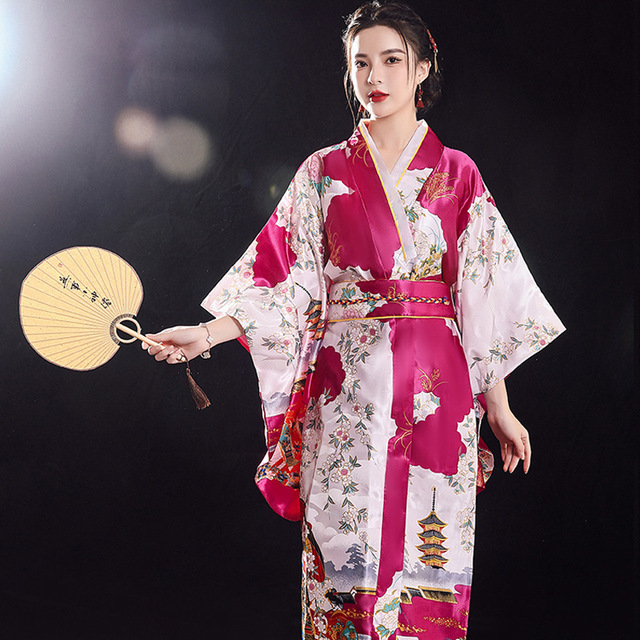
The Enduring Allure of the Kimono
The kimono’s enduring allure lies in its ability to captivate the senses, evoking a profound sense of cultural appreciation and aesthetic wonder. Whether worn for formal occasions or as a statement of personal style, the kimono’s timeless elegance continues to enchant audiences worldwide.
The Kimono’s Visual Splendor
The kimono’s visual splendor is a true feast for the eyes, with its vibrant colors, intricate patterns, and graceful silhouette. Each design is meticulously crafted to tell a story, drawing inspiration from the natural world, mythological creatures, and the rich cultural heritage of Japan.
The Kimono’s Symbolic Significance
Beyond its aesthetic appeal, the kimono also holds deep symbolic significance within Japanese culture. The choice of fabric, pattern, and color can convey important messages about the wearer’s age, social status, and even marital status, making the kimono a powerful means of nonverbal communication.
The Kimono’s Transformative Power
Wearing a traditional kimono can be a transformative experience, as the wearer becomes enveloped in the garment’s rich history and cultural resonance. The act of carefully donning a kimono, with its intricate wrapping and tying techniques, can be a meditative and deeply meaningful process, connecting the wearer to the timeless traditions of Japan.
The Enduring Relevance of the Kimono
As the world becomes increasingly globalized, the kimono’s relevance and influence have only continued to grow, inspiring a new generation of fashion enthusiasts and cultural appreciators.
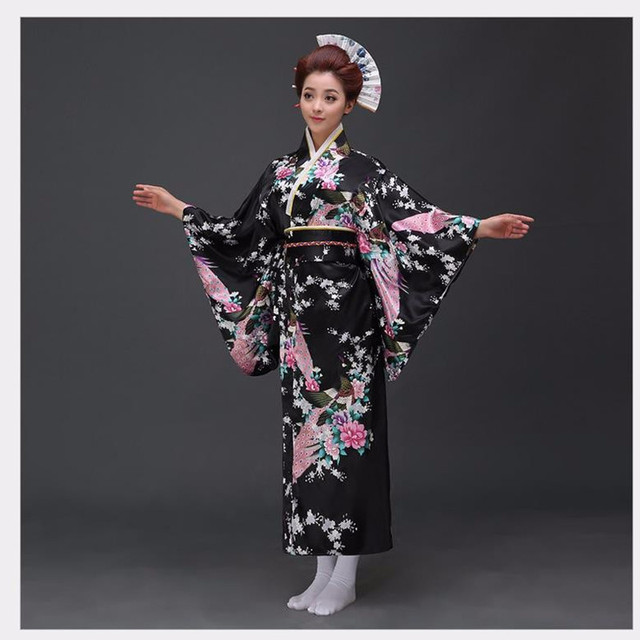
The Kimono’s Influence on Global Fashion
The kimono’s distinctive silhouette and intricate designs have long been a source of inspiration for fashion designers worldwide, leading to the incorporation of kimono-inspired elements into contemporary clothing and accessories. This cross-cultural exchange has helped to broaden the kimono’s reach and solidify its status as a truly iconic garment.
The Kimono’s Role in Cultural Preservation
In Japan, the preservation of the kimono tradition has become a matter of national importance, with artisans, designers, and cultural organizations working tirelessly to ensure that the art of kimono-making remains vibrant and relevant. This commitment to preserving the kimono’s heritage has made it an integral part of Japan’s cultural identity and a powerful symbol of its enduring artistic legacy.
The Kimono’s Influence on Personal Style
For many individuals around the world, the kimono has become a powerful tool for self-expression and the celebration of personal style. Whether worn as a statement piece or integrated into a modern wardrobe, the kimono’s timeless elegance and cultural significance have made it a beloved choice for those seeking to express their unique fashion sensibilities.
Embracing the Kimono Lifestyle
Owning and wearing a traditional kimono is more than just a fashion choice; it is a lifestyle that celebrates the art of living, the appreciation of craftsmanship, and the reverence for cultural traditions.
The Kimono Collector’s Community
The world of kimono enthusiasts is a vibrant and passionate community, where individuals come together to share their love of this iconic garment. From collectors who meticulously curate their kimono collections to fashion enthusiasts who incorporate the kimono into their everyday wardrobes, this community is a testament to the enduring appeal of the kimono and the deep appreciation it engenders.
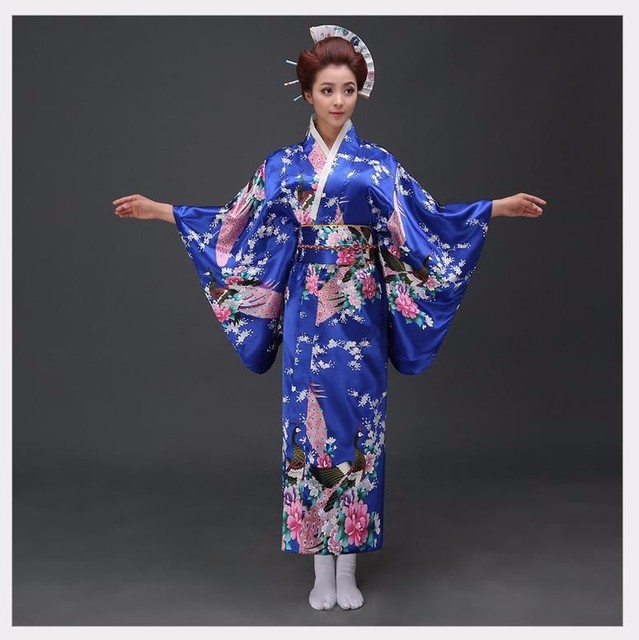
The Art of Kimono Dressing
Donning a traditional kimono is an art form in itself, requiring a deep understanding of the garment’s construction and a skilled hand in the intricate wrapping and tying techniques. For those who embrace the kimono lifestyle, mastering the art of kimono dressing becomes a meaningful and rewarding pursuit, connecting them to the rich heritage of this timeless garment.
The Kimono’s Role in Mindful Living
Wearing a kimono can be a meditative and transformative experience, as the wearer becomes acutely aware of their movements and the garment’s relationship to their body. This mindfulness, coupled with the kimono’s inherent elegance and cultural significance, can inspire a deeper appreciation for the beauty of simplicity and the art of living in the present moment.
Preserving the Kimono’s Legacy
As the world continues to evolve, the preservation of the kimono’s rich cultural heritage has become a matter of global importance. Individuals, organizations, and governments around the world are working tirelessly to ensure that the art of kimono-making and the traditions that surround it remain vibrant and accessible for generations to come.
Educational Initiatives and Workshops
From specialized workshops that teach the intricacies of kimono dressing to educational programs that delve into the history and symbolism of this iconic garment, the efforts to share the kimono’s cultural significance are vital in ensuring its continued relevance and appreciation.
Collaborative Efforts to Support Artisans
The preservation of the kimono’s legacy also requires a concerted effort to support the master artisans who have dedicated their lives to the craft of kimono-making. Through collaborative initiatives, funding, and the promotion of their exceptional work, these artisans are empowered to continue their traditions and pass their knowledge on to future generations.
Global Partnerships and Cultural Exchange
As the kimono’s influence continues to extend beyond the borders of Japan, global partnerships and cultural exchange programs have become increasingly important in fostering a deeper understanding and appreciation of this timeless garment. These initiatives not only celebrate the kimono’s rich heritage but also inspire a new generation of fashion enthusiasts and cultural appreciators.
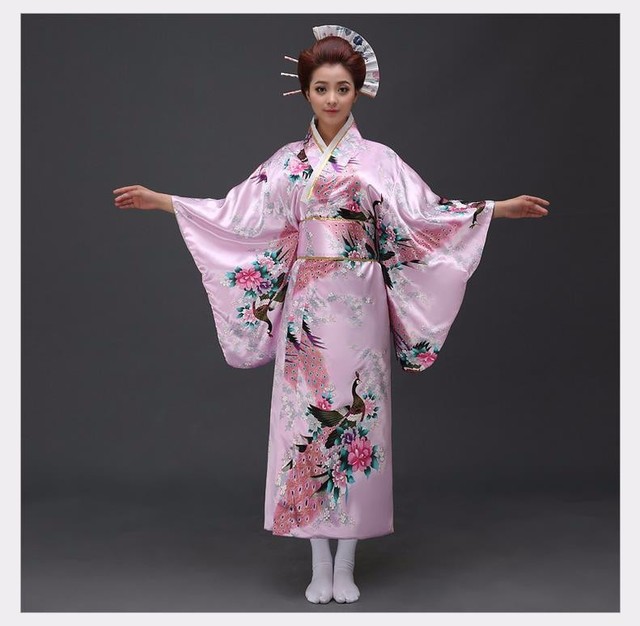
Embracing the Enduring Elegance of the Kimono
Embracing the traditional kimono is more than just a fashion statement; it is a profound expression of cultural appreciation, a reverence for timeless craftsmanship, and a commitment to the art of living with intention and grace.
As you begin your journey into the world of the kimono, remember that you are not just acquiring a garment, but rather, you are becoming a steward of a rich cultural legacy. Wear your kimono with pride, knowing that you are honoring the generations of artisans and cultural custodians who have dedicated their lives to preserving the enduring elegance of this iconic garment.
Whether you choose to don a meticulously crafted formal kimono or a casual, everyday yukata, embrace the transformative power of this timeless piece of clothing. Allow it to inspire a deeper appreciation for the beauty of simplicity, the art of mindful living, and the enduring relevance of cultural traditions in our ever-evolving world.